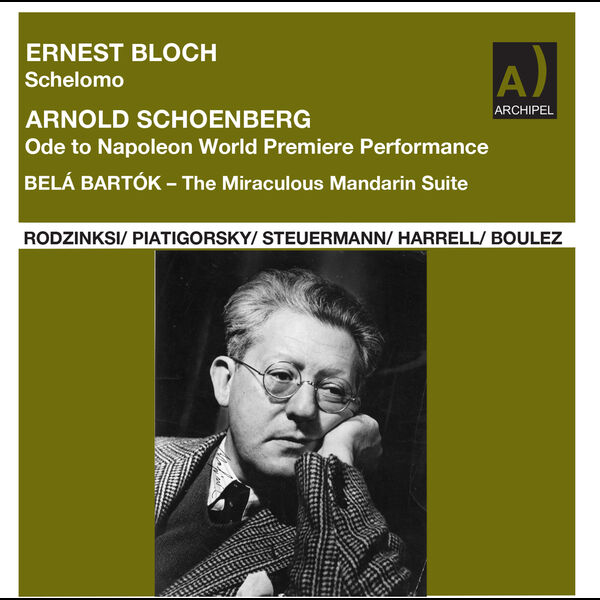
Mack Harrell, Eduard Steuermann, Artur Rodzinksi, New York Philharmonic – Bloch and Schoenberg conducted by Artur Rodzsinki live (2022)
FLAC (tracks) 24 bit/96 kHz | Time – 54:56 minutes | 543 MB | Genre: Classical
Studio Masters, Official Digital Download | Front Cover | © Archipel
The orchestra was created under the name Philharmonic Society of Independence and Freedom (English Philharmonic Society of Independence and Freedom). Its first president was Yureli Corelli Hill, who also opened the orchestra’s first concert on December 7, 1842 as a conductor with a performance of Beethoven’s Fifth Symphony; during the three-hour program, other numbers were conducted by Henry Timm and Denis Etienne. During the first years of the orchestra’s existence, it was constantly conducted by seven different conductors, and the orchestra itself was organized as a kind of cooperative: the main issues, including the choice of repertoire and conductor for this concert, were decided by voting, and the proceeds were divided among the orchestra members at the end of the season. Among the most significant events of this period in the history of the orchestra is the American premiere of Beethoven’s Ninth Symphony in 1846; this work was firmly included in the repertoire of the New York Philharmonic Orchestra — curiously, in 1865 The Ninth Symphony was performed in a concert in memory of the recently murdered Abraham Lincoln without the last movement, since the final “Ode to Joy” was considered inappropriate in the circumstances of mourning.
The merit of bringing the orchestra to a more thorough professional level belongs to the German conductors Theodor Thomas and Anton Seidl, who headed it at the end of the XIX century. The first major world premiere performed by the orchestra — Antonin Dvorak’s Symphony “From the New World” (December 16, 1893, Carnegie Hall, conducted by Seidl) belongs to this time, in particular.
The next major milestone in the history of the orchestra can be considered 1909, when it gained a solid financial base: the guarantee committee created by New York patrons allowed to increase the number of concerts in the season from 18 to 54 and invite a world-famous first magnitude composer and conductor Gustav Mahler (who replaced the Russian conductor Vasily Safonov) to lead the orchestra.
In 1917, the orchestra made its first audio recording. The next decade was marked by the struggle for the popularization of the orchestra and academic music in general: a special cycle of concerts with inexpensive tickets was opened, in 1924 a special program of youth concerts began, since 1920 conductor and composer Henry Hadley was invited to enrich the repertoire with works by American composers.
In 1928, the orchestra was merged with another major collective — the orchestra of the New York Symphony Society; the combined orchestra was headed by one of the world’s greatest conductors, Arturo Toscanini. In the same year, the concerts of the New York Philharmonic Orchestra began in radio broadcasts, which lasted for 38 years. At the turn of the 1950s and 60s, already under the direction of Leonard Bernstein, the orchestra began systematic television concerts. Bernstein also initiated a significant strengthening of the orchestra’s connection with contemporary composers, culminating in 1971. an invitation to one of the leaders of the world musical avant-garde Pierre Boulez to lead the orchestra.
Tracklist:
1-1. New York Philharmonic – Schelomo (20:53)
1-2. New York Philharmonic – Ode to Napoleon Buonaparte (15:00)
1-3. Orchester des Südwestfunks – The Miraculous Mandarin (19:02)
Download:



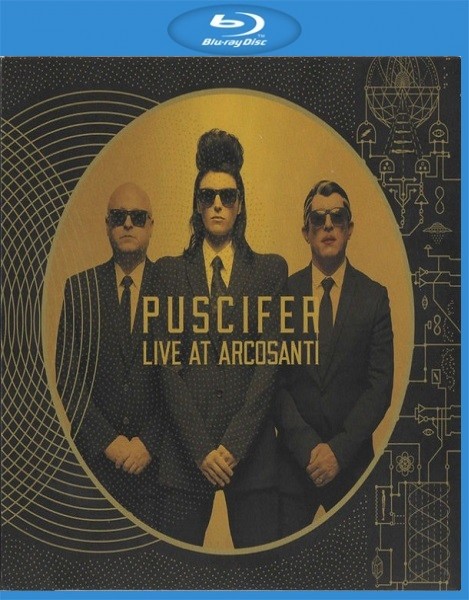

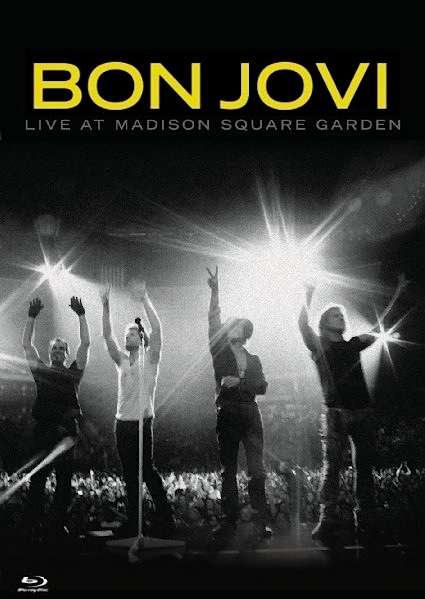
![New York Philharmonic, Fritz Reiner, Rudolf Serkin – Fritz Reiner conducts Bartok and Kodaly live 1960 (2022) [Official Digital Download 24bit/96kHz]](https://imghd.xyz/images/2022/10/21/bhvp3fqdxmtoa_600.jpg)
![New York Philharmonic, Dimitri Mitropoulos – Dimitri Mitropoulos conducts Berlioz Hd Mastering (Remastered 2022) (2022) [Official Digital Download 24bit/88,2kHz]](https://imghd.xyz/images/2022/10/21/q262a1i47hola_600.jpg)
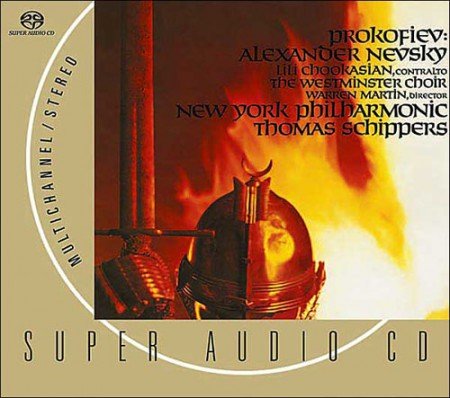
![New York Philharmonic, Alan Gilbert – Nielsen: Violin Concerto, op.33; Flute Concerto, FS 119; Clarinet Concerto, op.129 (2015) [Official Digital Download 24bit/96kHz]](https://imghd.xyz/images/2023/07/25/QJMvGHK.jpg)
![New York Philharmonic & Jaap van Zweden – Julia Wolfe: Fire in my mouth (2019) [Official Digital Download 24bit/96kHz]](https://imghd.xyz/images/2023/07/22/i1l93los9o3va_600.jpg)
![New York Philharmonic & Jaap van Zweden – David Lang: prisoner of the state (2020) [Official Digital Download 24bit/96kHz]](https://imghd.xyz/images/2023/07/22/dwm150rkrlbrc_600.jpg)
![New York Philharmonic, Jaap van Zweden – Beethoven: Symphonies Nos. 5 & 7 (2018) [Official Digital Download 24bit/96kHz]](https://imghd.xyz/images/2023/07/22/GQOIRfw.jpg)

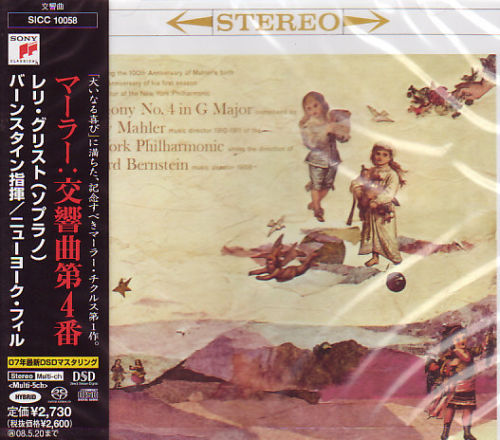
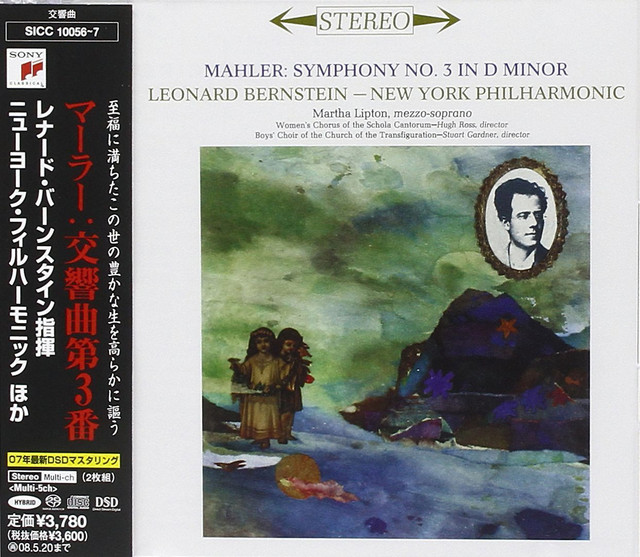
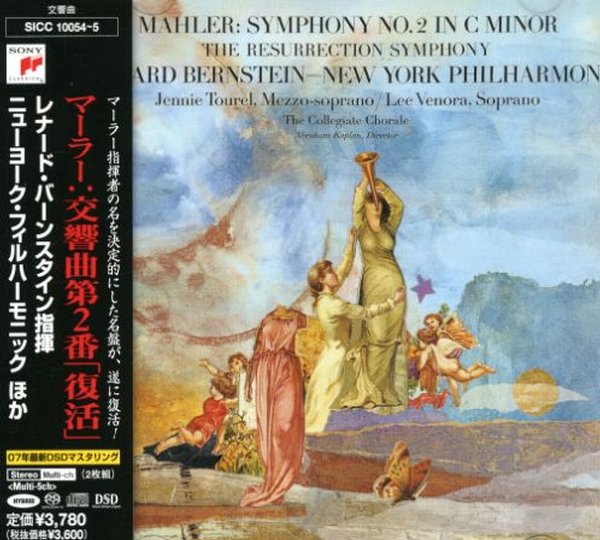
![New York Philharmonic, Lorin Maazel – Mahler: Symphony No. 8 (2009) [Official Digital Download 24bit/96kHz]](https://imghd.xyz/images/2023/06/09/0844185084505_600.jpg)
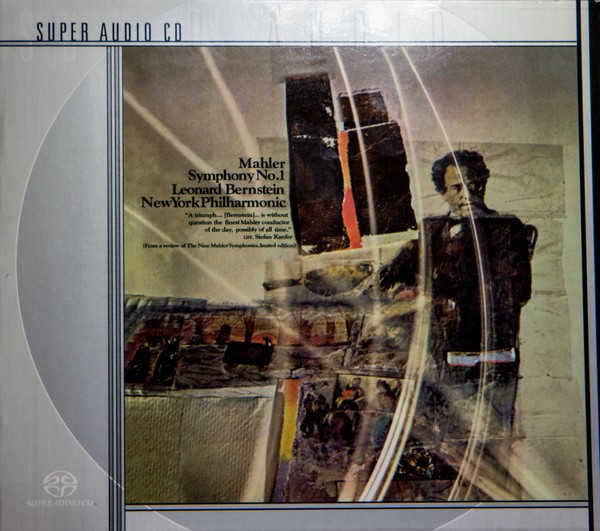
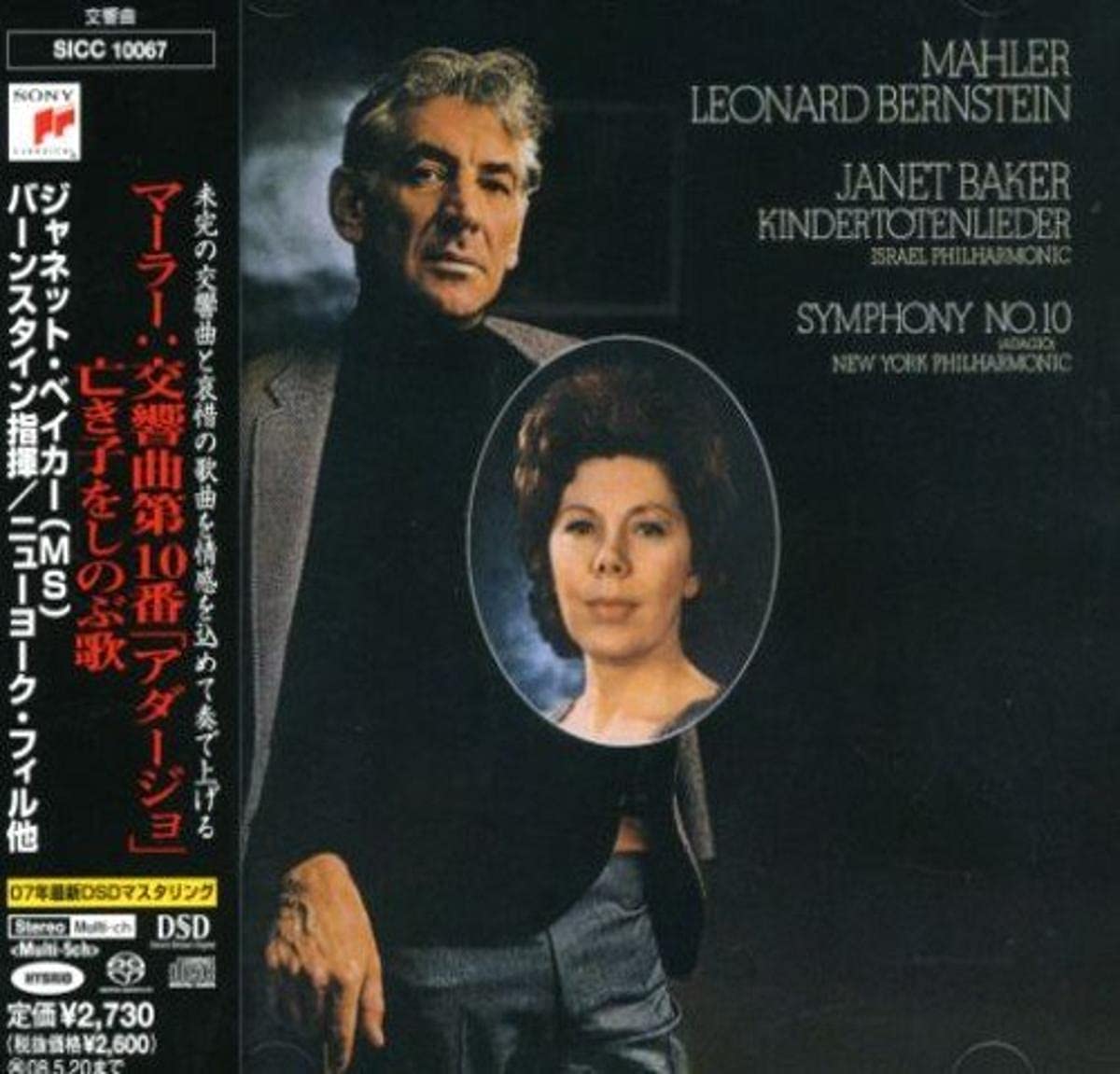
![Leonard Bernstein & New York Philharmonic – Bernstein Conducts Carl Maria von Weber (Remastered) (1976/2017) [Official Digital Download 24bit/192kHz]](https://imghd.xyz/images/2023/05/20/0886446463285_600.jpg)
![Leonard Bernstein, New York Philharmonic – Haydn: Mass In Time Of War & Symphony 96 (1973 & 1974) [Reissue 2017] MCH SACD ISO + Hi-Res FLAC](https://imghd.xyz/images/2023/05/11/jxoA1LR.jpg)
![Jaap van Zweden, New York Philharmonic – Stravinsky Le Sacre du printemps; Debussy La Mer (2019) [Official Digital Download 24bit/96kHz]](https://imghd.xyz/images/2023/04/03/zg2xq7xacdt7b_600.jpg)
![Isaac Stern, New York Philharmonic, Leonard Bernstein – Alban Berg & Belá Bartók Violin Concertos (Remastered) (2022) [Official Digital Download 24bit/96kHz]](https://imghd.xyz/images/2022/04/30/r0tsckrv4k5qb_600.jpg)
![Dimitri Mitropoulos, New York Philharmonic – Vaughan Williams Live Vol. 4 (2023) [Official Digital Download 24bit/44,1kHz]](https://imghd.xyz/images/2023/03/09/gy8uwzur26pqc_600.jpg)
![New York Philharmonic, George Szell – George Szell live conducting Anton Bruckner Symphony No. 8 (2022) [Official Digital Download 24bit/48kHz]](https://imghd.xyz/images/2023/01/31/vzzvuvpka19vc_600.jpg)
![New York Philharmonic, Dimitri Mitropoulos – Mozart: Concerto for 2 Pianos, K. 365 & Symphony No. 39, K. 543 (2021 Remastered) (2021) [Official Digital Download 24bit/48kHz]](https://imghd.xyz/images/2022/12/20/zhka5udbflvdb_600.jpg)
![Cifford Curzon, Leonard Rose, George Szell, New York Philharmonic – George Szell conducts Brahms Piano Concerto No. 2 and Mozart Violin Concerto No. 3 live (2022) [Official Digital Download 24bit/48kHz]](https://imghd.xyz/images/2022/12/14/w8w10zfirkc1a_600.jpg)
![New York Philharmonic, George Szell, Clifford Curzon – Bruckner and Mozart complete live concerto conducted by George Szell (2022) [Official Digital Download 24bit/48kHz]](https://imghd.xyz/images/2022/12/14/l70gwyutzp77a_600.jpg)
![John Williams, Yo-Yo Ma, New York Philharmonic – A Gathering of Friends (2022) [Official Digital Download 24bit/96kHz]](https://imghd.xyz/images/2022/06/18/af72fsapf143b_600.jpg)
![Alan Gilbert, New York Philharmonic, Thomas Hampson – Passion & Pain: Haydn, Adams, Schubert & Berg (2010) [Official Digital Download 24bit/96kHz]](https://imghd.xyz/images/2022/06/06/0844185042802_600.jpg)
![Alan Gilbert and New York Philharmonic – Vivaldi: The Four Seasons (2016) [Official Digital Download 24bit/96kHz]](https://imghd.xyz/images/2022/06/06/0191018280512_600.jpg)
![Alan Gilbert, New York Philharmonic, Thomas Hampson – Passion & Pain: Haydn, Adams, Schubert & Berg (2010) [Official Digital Download 24bit/96kHz]](http://i.imgur.com/KJepVIp.jpg)